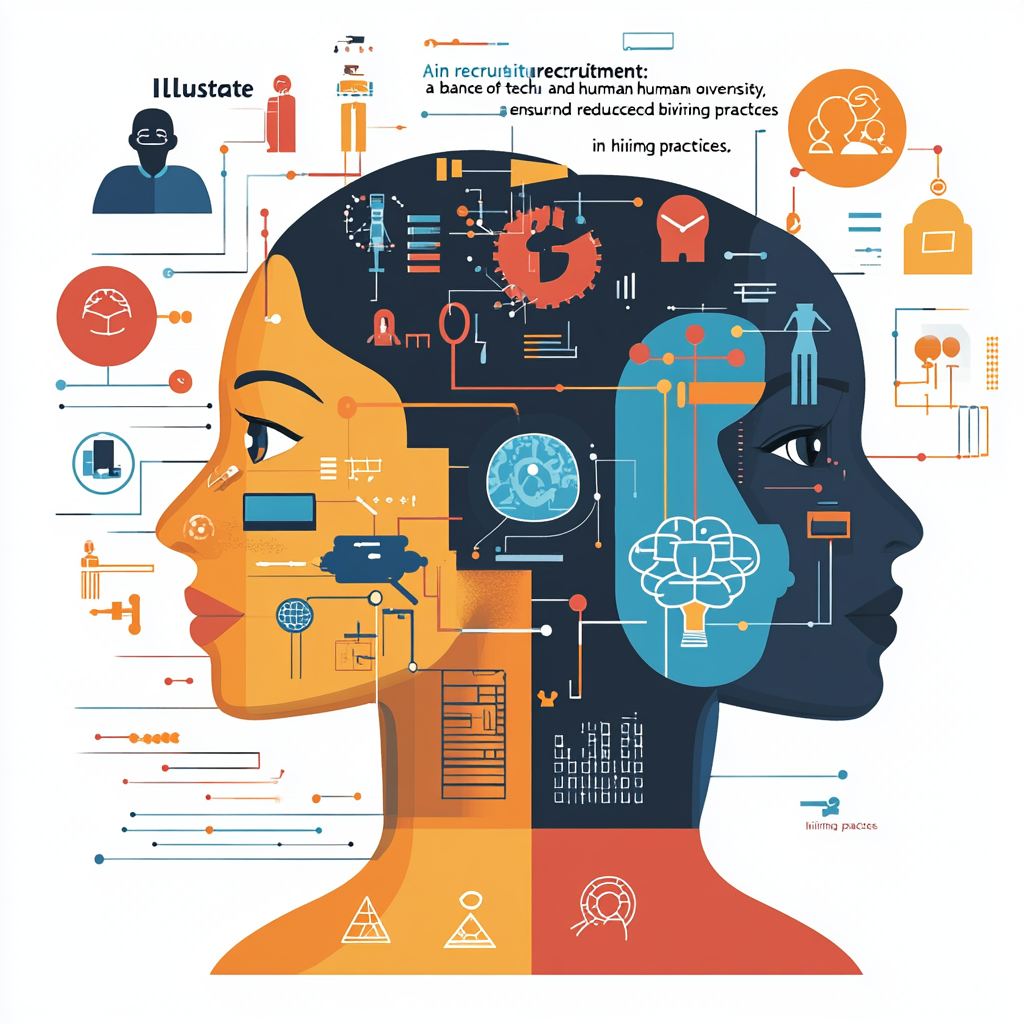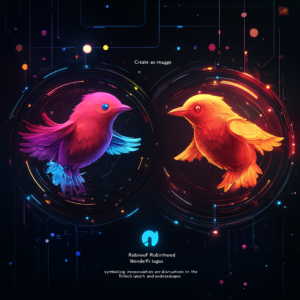
New research warns AI alone won’t fix bias in workplace recruitment
The AI Recruitment Conundrum: A Cautionary Tale for Tomorrow's Workforce
In the grand theater of modern hiring, artificial intelligence (AI) has strut its stuff as a knight in shining armor promising to slay the dragon of bias in recruitment. But hold your horses! The spotlight has shifted recently, all thanks to some eye-opening research from the University of South Australia, which prudently suggests that relying solely on AI tools to screen candidates is more like putting a Band-Aid on a bullet wound than a surefire solution to workplace bias. This revelation serves as a wake-up call, beckoning us to address the tangled web of biases that lie beneath recruitment practices.
AI tools have invaded the realms of human resources like caffeine at a Monday morning meeting. They promise to streamline recruitment, sorting through piles of applicants faster than you can say "algorithm." These brainy robots do everything from screening CVs to performing intricate dance routines in voice and video analysis. But let’s not rush to pour them our trust. There’s more underneath the surface, like the snacks that vanish before noon in the office kitchen.
The Topsy-Turvy World of AI Bias
Imagine this: an AI tool, brimming with the enthusiasm of a new recruit, learns from data—data riddled with biases that might be as old as the profession itself. This learning process can be likened to teaching a parrot to talk: if you teach it to squawk sexist remarks or classist sentiments, that's exactly what it'll regurgitate back. AI may end up favoring candidates with specific, often privileged backgrounds, like attendees of elite universities or those armed with certain experiences that tilt the scales toward elitism. And let’s be clear, that’s not the inclusive paradise we’re aiming for.
The dark truth behind this is that AI is only as good as the data it consumes, and when that data is tainted with bias, we’re priming our digital helpers to perpetuate those very injustices. Remember, transparency is key. If an AI can’t explain its decisions because it functions in a black box of secrecy, how on Earth can we identify and snuff out bias lurking in its code?
The Quest for Bias-Free Recruitment
So, how do we navigate this murky water? The solution is not to banish AI from the realm of recruitment but to embrace a multifaceted strategy that elegantly marries AI’s capabilities with good ol' human judgment. Organizations must wield AI not as a solitary hero but rather as part of a dynamic duo, working side by side with humans, both sweating profusely to drive forth diversity.
It’s essential for companies to ensure that AI tools are designed with diversity in their very pixels. This means not just yanking numbers but focusing on qualitative hiring goals that mirror a true representation of society. Rigid policies on diversity should anchor the whole operation, ensuring commitments are actively translated into day-to-day practices.
Human involvement can’t be overlooked. AI systems should be trained on data sets that reflect a broad spectrum of experiences and backgrounds. But just as important is fostering a corporate culture keenly aware of diversity issues. This fusion of AI and human oversight creates a rich tapestry of recruitment practices that can result in hiring decisions that make a difference.
The Final Curtain
In closing, the narrative isn’t simply about banishing bias through AI alone—though it’s a shiny piece of technology. It’s about embracing the bittersweet realization that merely deploying algorithms won’t magically solve our bias problem in recruitment. Organizations must wield their collective wisdom, both human and artificial, to carve out an inclusive environment that champions diversity at its very core. The road may be long and winding, but with the right strategies in place, we can build a hiring process that is fair, vibrant, and truly reflective of the world around us.
As you ponder the intricate interplay between AI, bias, and recruitment, why not keep your finger on the pulse of these rapidly evolving concepts? Want to stay up to date with the latest news on neural networks and automation? Subscribe to our Telegram channel: @channel_neirotoken. Let’s continue exploring this enticing journey together!

